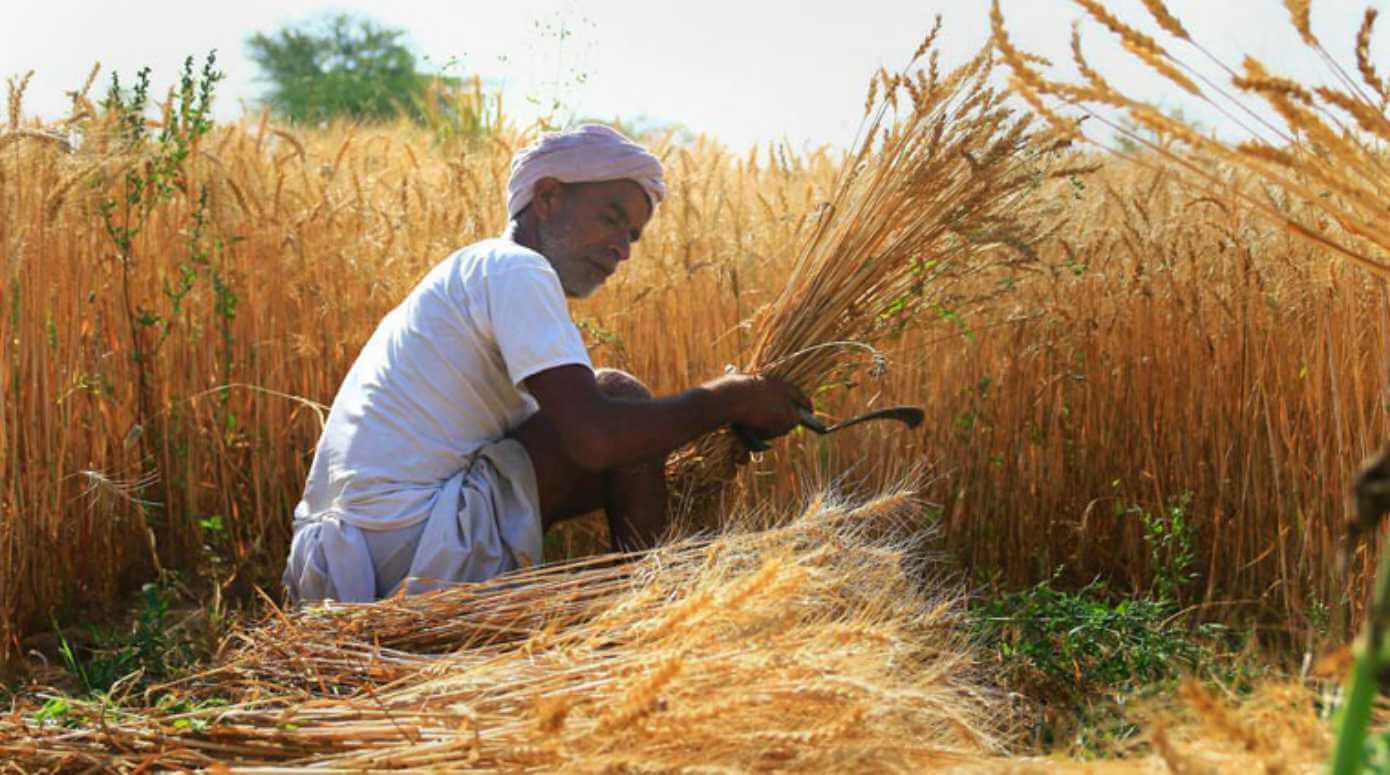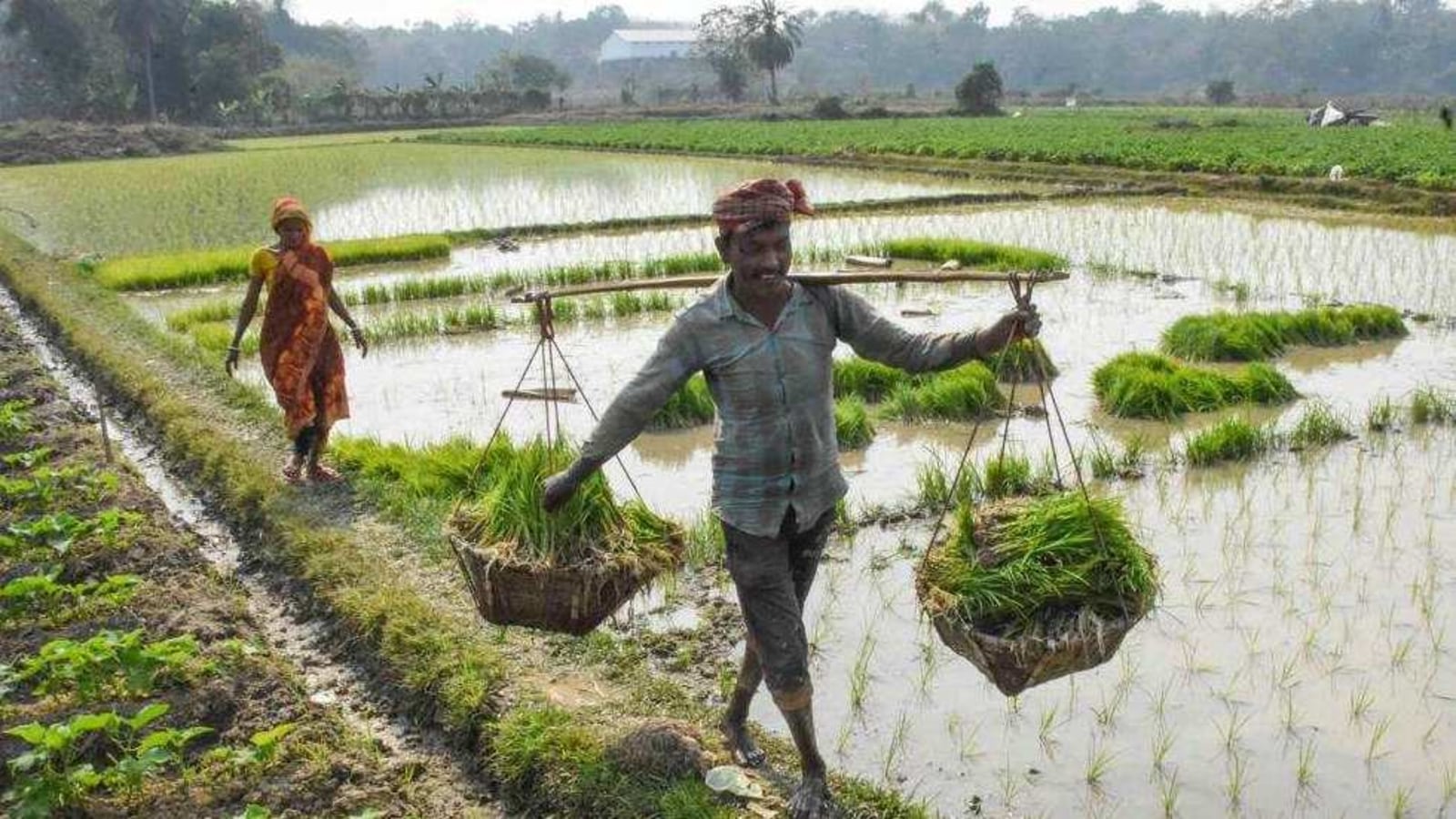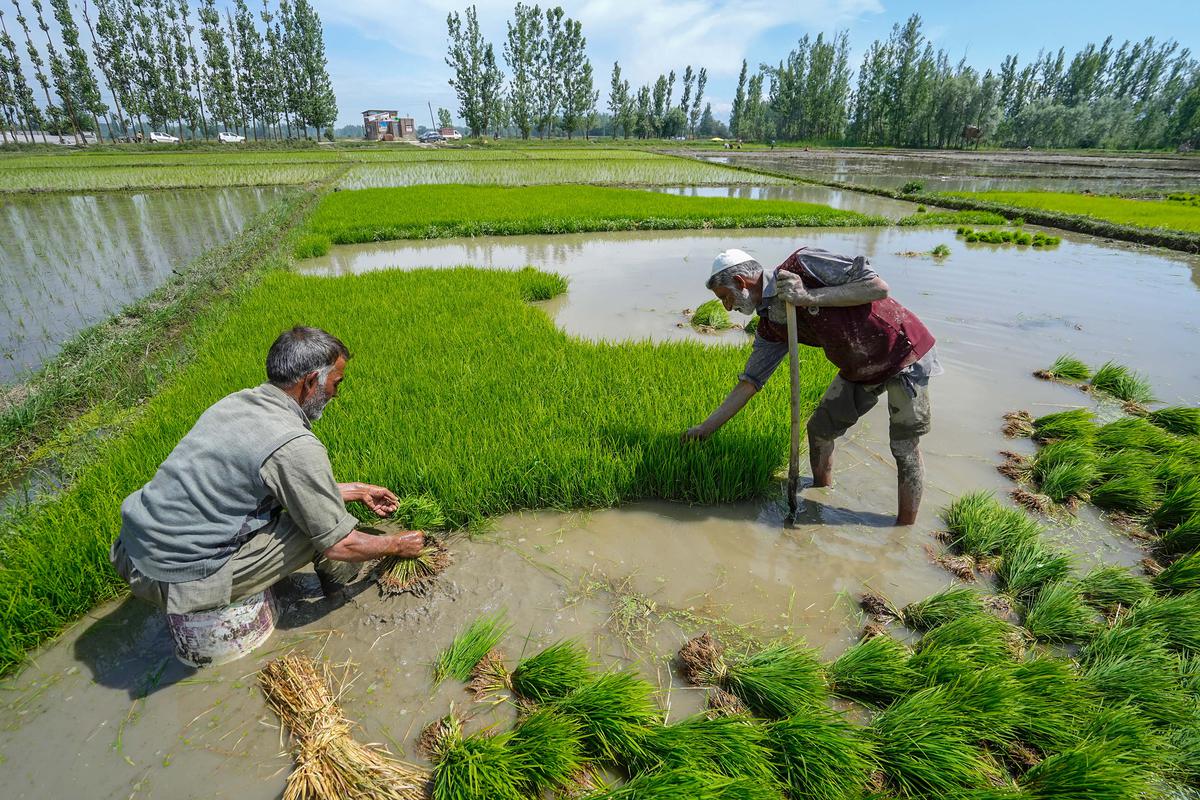Government Sets Higher Rice Procurement Target for Kharif Season 2023

Government Sets Higher Rice Procurement Target for Kharif Season 2023
The government on Tuesday set a 5% higher kharif rice procurement target of 52.1 million tonne (MT) for the 2023–24 season (October–September) compared to the 49.5 MT purchased in the current season, because of concern about insufficient monsoon rainfall.
Around 86% of the total rice that Food Corporation of India and state agencies buy from farmers as part of the Minimum Support Price (MSP) operation is procured during the Kharif season.

FCI has purchased more than 56.96 MT of rice so far in the 2022–23 growing season. A record 135.5 MT of rice was expected to be produced in 2022–2023.
Given the anticipated decline in production in the 2023–24 season (July–June) due to insufficient monsoon rainfall in many areas of eastern India and floods in the many districts of Punjab, a major producer of rice, impacting the standing crops, this year’s rice procurement drive would be closely monitored.
Increased grain purchases are anticipated to increase FCI’s rice stockpile. To slow the rise in prices, the business is selling rice on the open market to large customers through weekly auctions. However, the reaction from large purchasers has been slow.
Rice retail inflation in July was 12.96% on an annual basis, a little increase from June. White rice exports were prohibited by the government last month in an effort to increase domestic supply.
To lower prices, FCI will provide 2.5 MT of rice for sale in the open market.
The company now has 37 MT of rice on hand, including 12 MT of grain that is still due from the millers. The supply of rice is below the 10.25 MT buffer for October 1.
It provides 35 MT of rice each year to the National Food Security Act’s recipients.
A record 57.58.2 mt of rice was procured the previous year. The harvest year 2021–2022 saw a record 130.29 mt of rice produced.

The monsoon’s delayed arrival caused paddy transplantation to be postponed. 36.06 million hectares of transplating have been finished thus far, a 4.1% increase over the previous year.
90% of the usual area has been transplanted with rice, and harvesting will start on October 1st.
The government increased the MSP for paddy, the main kharif crop, in June. It is now set at Rs 2,183/quintal, up 7% from the previous year.
Paddy arrives in mandis in Punjab, Haryana, Uttar Pradesh, and Tamil Nadu during October and November, whereas grain arrives in Andhra Pradesh, Telangana, Odisha, Chhattisgarh, and other important producing states between December and January.
Punjab, Haryana, Chhattisgarh, Odisha, Telangana, and Andhra Pradesh are just a few of the states that make major contributions to the national rice pool, which is used to distribute grain to those who qualify under the National Food Security Act and the free ratio programme.
The rice purchased from states with grain surpluses is also used to maintain a reserve stock with FCI.

In an unprecedented move that has generated widespread discussion among agricultural experts, policymakers, and farmers, the government has announced a higher rice procurement target for the upcoming Kharif season of 2023. Aimed at ensuring better income for farmers and bolstering food security, this announcement comes in the wake of various challenges that have plagued the agriculture sector in recent years.
According to official sources, the government aims to procure rice at a 15% increase compared to last year’s target. The revised target indicates a more aggressive approach to buying rice directly from farmers through designated agencies, thereby enabling the farmers to secure a minimum support price (MSP) for their produce.
One of the key motivations behind the higher procurement target is to offer direct support to farmers. With an increased quota, more farmers will be able to sell their produce at the government-sanctioned MSP, which is generally higher than market rates.
Another important objective is strengthening food security. Given the various socio-economic uncertainties and global climate change impacts affecting food production, a larger reserve would act as a cushion against possible shortages.

Higher procurement will also ensure that excessive rice supply does not lead to a drastic reduction in market prices, thereby affecting farmer income adversely.
This policy is expected to provide financial security to farmers who have been grappling with the vagaries of market prices and climatic uncertainties.
By putting more money in the hands of the rural population, the policy could have a trickle-down effect, boosting retail and increasing liquidity in the market.
Higher procurement targets may push farmers to adopt better farming techniques and more efficient farming equipment to meet the demand, thereby driving technological advancements in agriculture.
One of the most significant challenges that accompany higher procurement targets is the need for enhanced storage and logistics capabilities. India already faces challenges related to food wastage due to inadequate storage facilities.
The financial implications of procuring more rice at MSP could strain the exchequer, especially given the other social welfare programs that the government runs.

A higher production target might encourage the excessive use of water and fertilizers, posing environmental challenges that will need to be addressed carefully.
The benefit might not percolate to small and marginal farmers who are unable to produce at a scale that meets government criteria for procurement.
The government’s decision to increase rice procurement targets for the Kharif season of 2023 is a complex one with multiple objectives and potential outcomes. While it promises a range of benefits, including better income for farmers and stronger food security for the country, it also raises questions on the logistical, financial, and environmental fronts.

Effective implementation will require a multi-pronged approach, addressing these challenges while capitalizing on the benefits to transform the agricultural landscape of the nation.



